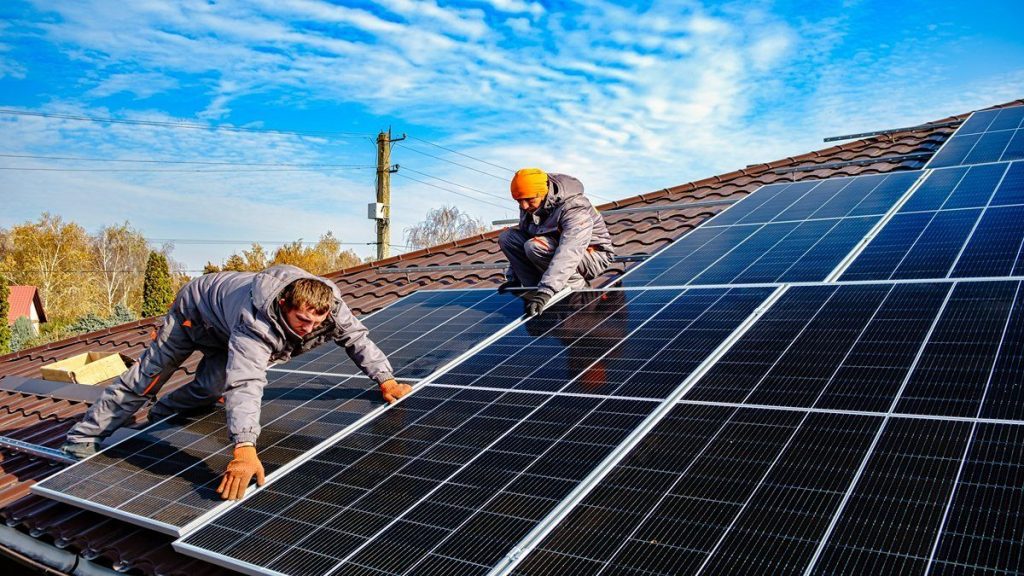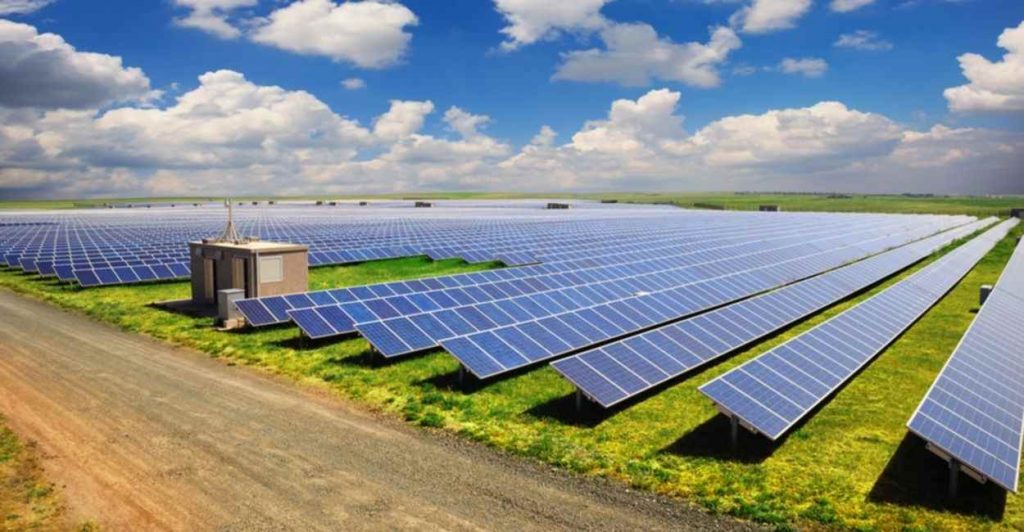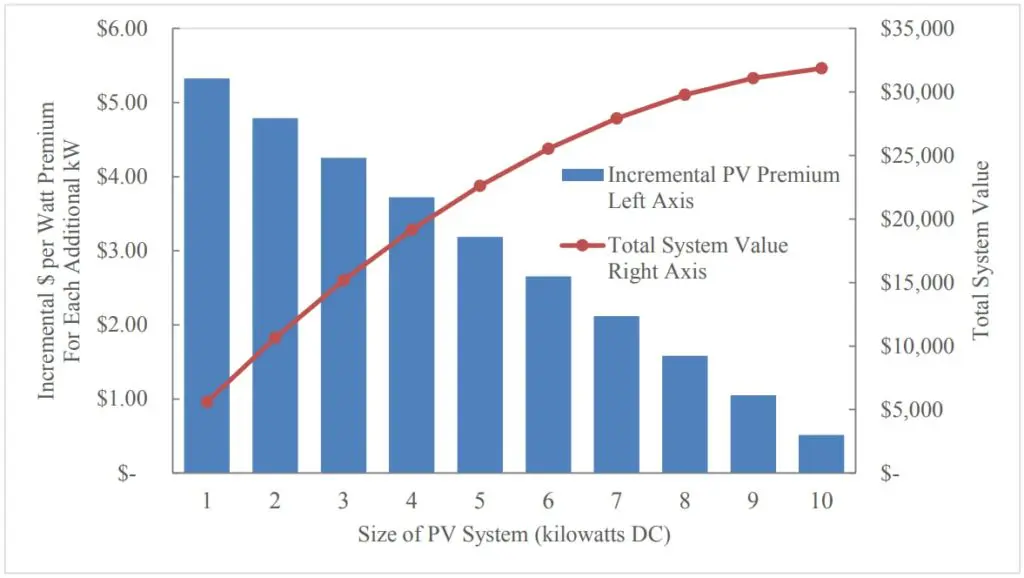As the world increasingly turns towards renewable energy, commercial solar panels have gained significant traction among businesses looking to reduce their carbon footprint while also cutting energy costs. If you’re considering making the switch to solar energy for your commercial establishment, understanding the costs involved in 2024 is crucial for effective budgeting and planning.
Overview of Commercial Solar Panel Costs

In 2024, the average cost of commercial solar panel systems ranges significantly based on several factors, including system size, type of installation, location, and the specific technology used. Generally, the total expenditure to install a commercial solar system is between $2.50 and $3.50 per watt, with larger installations often benefiting from economies of scale that bring the average cost down even further.
Factors Influencing Costs
- System Size: The overall cost is heavily influenced by the size of the solar panel system you need. For example, a small business may require a 10 kW system, while a large manufacturing facility may need upwards of 500 kW. In 2024, larger systems can see lower costs per watt due to bulk purchasing and installation.
- Installation Type: Roof-mounted systems tend to be cheaper than ground-mounted systems due to lower installation costs. However, ground-mounted systems might be necessary for businesses without suitable rooftop space or where structural integrity may be a concern.
- Location: Geographic location plays a significant role in installation costs. Regions with higher sunlight exposure (like the Southwest US) can yield better returns on investment due to increased energy production. Additionally, local labour costs and permitting requirements can vary, impacting the installation price.
- Technology and Equipment: The type of solar panel technology you choose can affect costs considerably. Monocrystalline panels, known for their efficiency and space-saving capabilities, are typically more expensive than polycrystalline panels, which are less efficient but often cheaper. Additionally, cutting-edge solar technologies, such as BIPV (building-integrated photovoltaics) or thin-film solar, can also influence costs depending on the specific needs of the project.

Financing and Incentives
When considering the financial aspects of solar panel installation, it’s crucial to review available financing options and government incentives. In 2024, various incentives continue to play a role in reducing upfront costs:
- Federal Investment Tax Credit (ITC): This incentive allows businesses to deduct a significant percentage of the installation costs from their federal taxes. As of 2024, the federal solar tax credit stands at 30%, making it an attractive option for businesses looking to invest in solar energy.
- State and Local Incentives: Various states offer additional incentives, including rebates, tax credits, and grants, which can further reduce the overall cost of installing solar panels. It is important to research local solar programs which can significantly alleviate financial burdens.
- Financing Options: Many businesses opt for solar loans, leases, or power purchase agreements (PPAs) to finance their solar installations. These options allow businesses to significantly lower upfront costs while taking advantage of solar energy’s benefits. A solar loan typically has a fixed interest rate and payments, while leasing and PPAs might involve lower initial costs but vary in long-term savings potential.
Return on Investment (ROI)

The financial return on investment from commercial solar panels can be quite appealing. Businesses often see payback periods ranging from 5 to 10 years, depending on their operating hours, energy consumption patterns, and the structure of their financing arrangements. Once the system is paid off, businesses can enjoy considerable savings on energy costs, which can compound over time, leading to substantial savings in the long run.
Conclusion
In summary, the cost of commercial solar panels in 2024 varies significantly based on numerous factors, including system size, installation type, location, and technology. With a strong push for renewable energy solutions, commercial establishments have the opportunity to invest in solar power not just for sustainability, but for substantial financial savings as well. By exploring financing options and government incentives, businesses can minimize upfront costs and maximize their return on investment, making solar energy a viable and strategic choice for the future.

